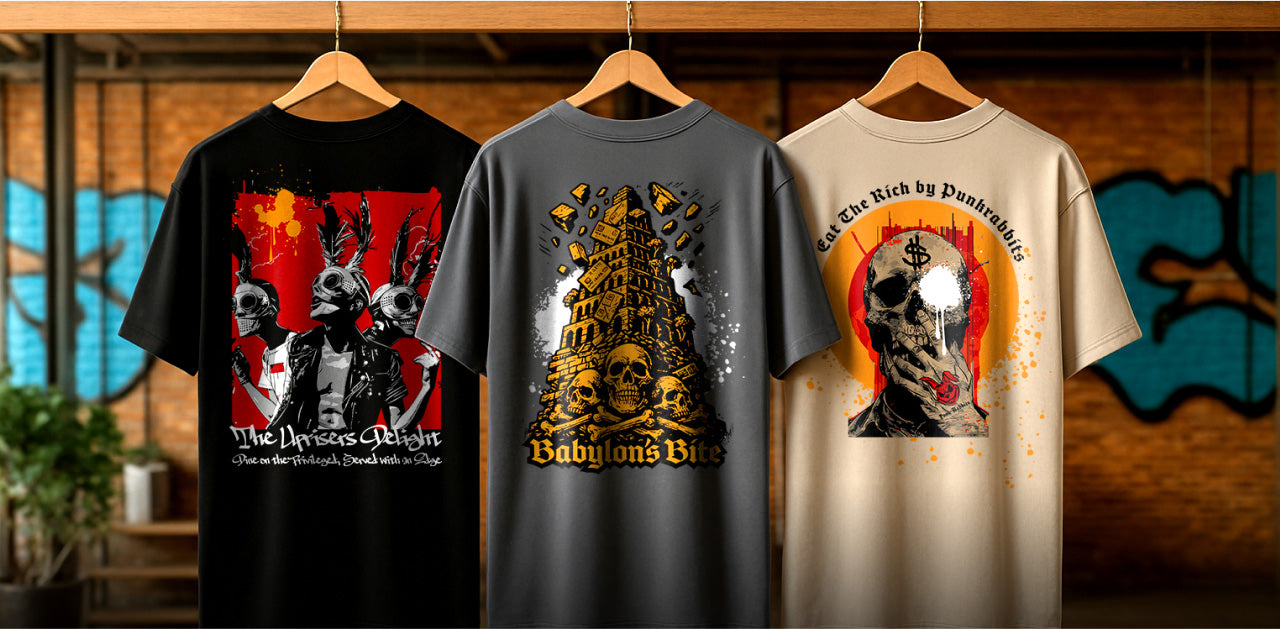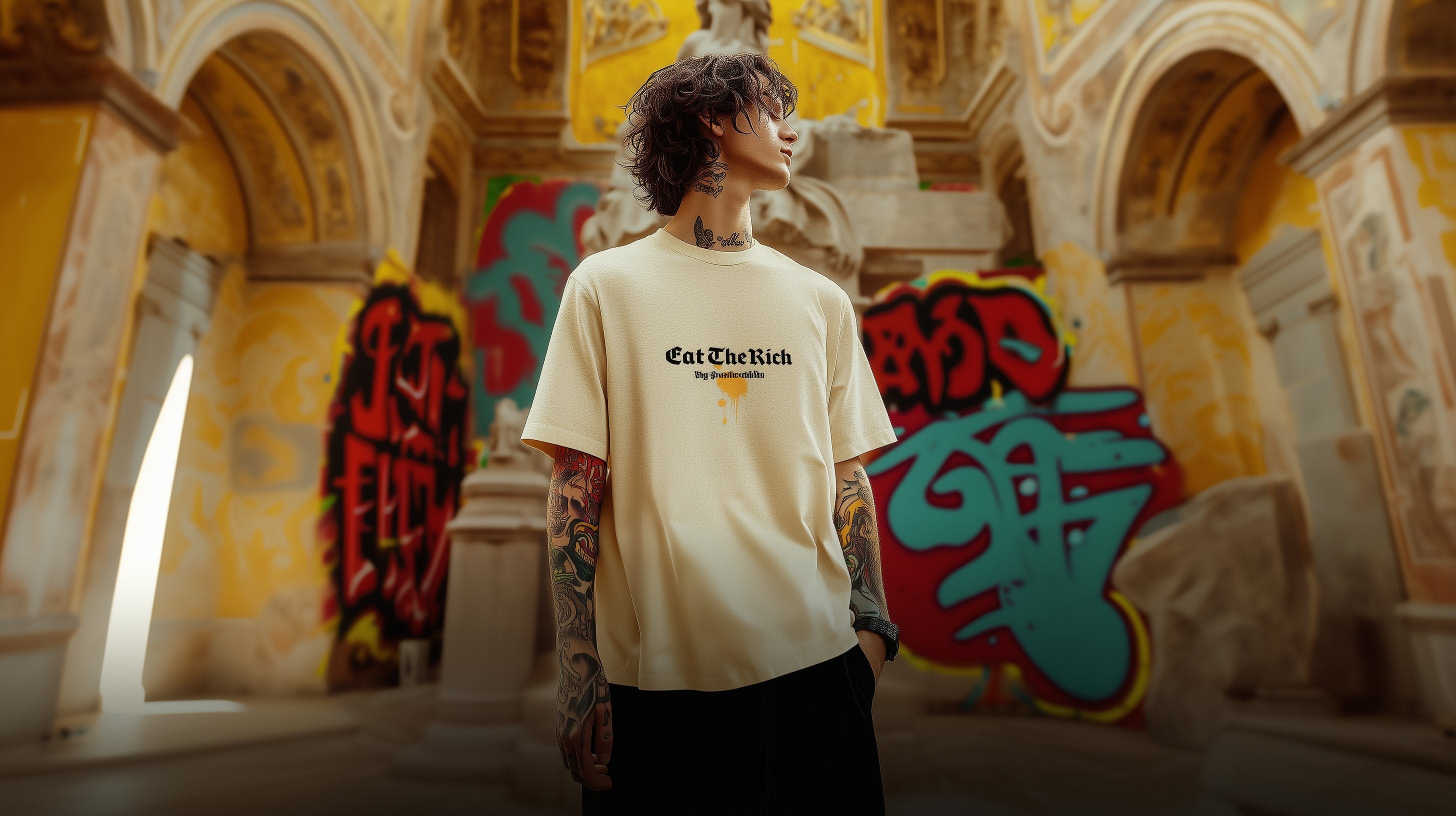Part I: The Machine We Thought Was Magic
For a child, a toy is not just an object.
It’s a machine — not in the industrial sense, but in the alchemical one.
A plastic dinosaur becomes a time portal.
A cracked doll becomes a confidante.
A tin wind-up car becomes a promise that movement can come from nothing but a twist of a key.
When we’re small, toys don’t just entertain — they perform magic.
They turn the room into a stage where anything can happen.
And like all magic, they eventually reveal their price: they break.
The broken toy is a child’s first encounter with the collapse of trust.
It’s the moment you realize the machine isn’t perfect.
The lever sticks.
The voice box warps into a static hiss.
The plush stuffing leaks like soft, white entrails.
That’s when the magic machine becomes The Broken Childhood Machine — and it never fully leaves your mind.
Part II: Why the Flaws Stay With Us
Some toys are remembered for how they looked.
Others are remembered for how they failed.
Psychologists studying “transitional objects” — the blankets, plush animals, or toys children cling to — have noted that imperfection deepens attachment.
A scuffed surface, a missing button, a faded color: these flaws make the object yours.
But when the flaw crosses a certain threshold — when the machine stops working altogether — the relationship changes.
A non-functioning toy is both a keepsake and a ghost.
It represents a time when you believed in wholeness, before the crack appeared.
It becomes an early metaphor for everything else that will one day stop working — relationships, bodies, systems, even the world itself.
This is why flawed toys haunt us:
They’re tiny, tactile prophecies of bigger breaks to come.

Part III: The Myth of the Perfect Childhood
Society sells the “perfect childhood” as a bright, unbroken sequence of joy.
The toy industry feeds that myth with flawless packaging, glossy catalogues, and holiday ads where nothing ever breaks.
But childhood isn’t seamless.
Childhood is a series of encounters with malfunction:
-
The toy that doesn’t work the way it did in the commercial.
-
The Christmas present that breaks by New Year’s.
-
The “guaranteed fun” that ends in disappointment.
When a toy breaks, it punctures the marketing fantasy and exposes the truth: joy is fragile. The toy becomes an emblem of all the little failures you’ll learn to live with.
A broken toy doesn’t mourn its missing pieces — it wears them like medals from a war only the loved and the lost remember.
Part IV: The Cultural Archetypes of Broken Toys
-
The Loved-Into-Being Archetype
In The Velveteen Rabbit, wear is proof of love. The brokenness isn’t a flaw but a rite of passage — the transformation of an object into something real through devotion and time. -
The Misfit Legion Archetype
In Toy Story, Sid’s mutant toys defy their original purpose. They are survivors of violence and reinvention, embodying the punk truth: once broken, you’re free to become something else entirely. -
The Haunted Relic Archetype
Broken toys in horror films (a one-eyed doll, a music box that plays the wrong tune) act as physical echoes of trauma, both personal and collective. They suggest innocence corrupted, a past that refuses to stay buried. -
The Fragile Ideal Archetype
In post-war photography, battered toys appear in rubble, not just as reminders of war’s cruelty, but as symbols of lost futures. They make visible the fact that even the smallest dreams are collateral damage. -
The Reconstructed Monster Archetype
In outsider art, toys are dismantled and recombined — parts from one life stitched into another. This archetype lives at the edge between grotesque and beautiful, mirroring the way we stitch our own broken selves into something new.
These archetypes persist because they reflect the human condition.
We see ourselves in these flawed objects because we, too, are shaped by cracks, repairs, and reinventions.
Part V: Flawed Toys as Emotional Technology
We think of technology as phones, computers, or machines.
But toys are emotional technologies.
They’re designed to stimulate imagination, soothe loneliness, and train us in storytelling.
When they fail, that technology is exposed:
-
The doll’s eyelid that gets stuck teaches you that beauty can glitch.
-
The RC car that only turns left teaches you to adapt to limitations.
-
The missing puzzle piece teaches you to accept the permanent gap.
Broken toys are the first malfunctioning systems we ever learn to navigate — a rehearsal for life’s larger systems when they, too, fail us.

Part VI: The Machine as Metaphor
When we call it The Broken Childhood Machine, we’re not just talking about toys.
We’re talking about the whole invisible apparatus that shapes us:
-
Family systems.
-
Schools.
-
Cultural myths
-
Belief in authority.
Toys are simply the earliest, smallest cogs in that machinery.
When they fail, we see the cracks in the bigger machine, sometimes without realizing it.
That’s why a broken toy can feel oddly political. It’s a personal reminder that nothing man-made, no matter how shiny, is immune to entropy.
Every crack is a doorway, every flaw a map; the story isn’t in how the toy was made, but in how it refused to disappear.
Part VII: Healing the Haunting
You don’t fix the haunting by repairing the toy.
Even if you glue the leg back on, replace the battery, or sew up the seam, the original wound remains. And that’s fine. Some things aren’t meant to return to their first form.
The healing comes in learning to coexist with the flaw:
-
Displaying the broken toy on a shelf like a relic.
-
Incorporating it into new art.
-
Passing it down as a family artifact with its story intact.
The flaw becomes part of the toy’s identity — and yours.

Part VIII: The Punkrabbits Take
In Defective Toys, brokenness isn’t tragedy — it’s biography.
Every crack, scratch, and missing part is an entry in the object’s autobiography, and by extension, in ours.
We see broken toys as rebellion against the idea of “factory-perfect.”
They’ve slipped free from their original design brief and evolved into something stranger, truer. They remind us that we are all post-design beings — accidents, relationships, failures, and repairs have modified us.
A defective toy doesn’t apologize for being less than it was.
It flaunts its history.
It stands as proof that survival is often messier — and more beautiful — than perfection.
And maybe that’s the real machine we’re part of: not the glossy childhood fantasy, but the hidden network of survivors, misfits, and rebuilt souls who carry their cracks like a uniform.
Closing Thought
Every broken toy is a small apocalypse — the end of one tiny world.
But it’s also the birth of another:
A world where the magic doesn’t depend on perfection,
Where flaws are not shameful but sacred,
And where the machine, though broken, still hums quietly in the corner of your mind.
If you're hunting for a theme shirt that stands out from the crowd, check out our collection of cool t shirts, packed with interesting t shirts and t shirt cool designs that fuse psychedelic clothing with bold streetwear aesthetics. Browse our store—it's a haven of punk, alternative, extreme, and unique designs made to help you look and feel outside of the herd. Wear your poison.












